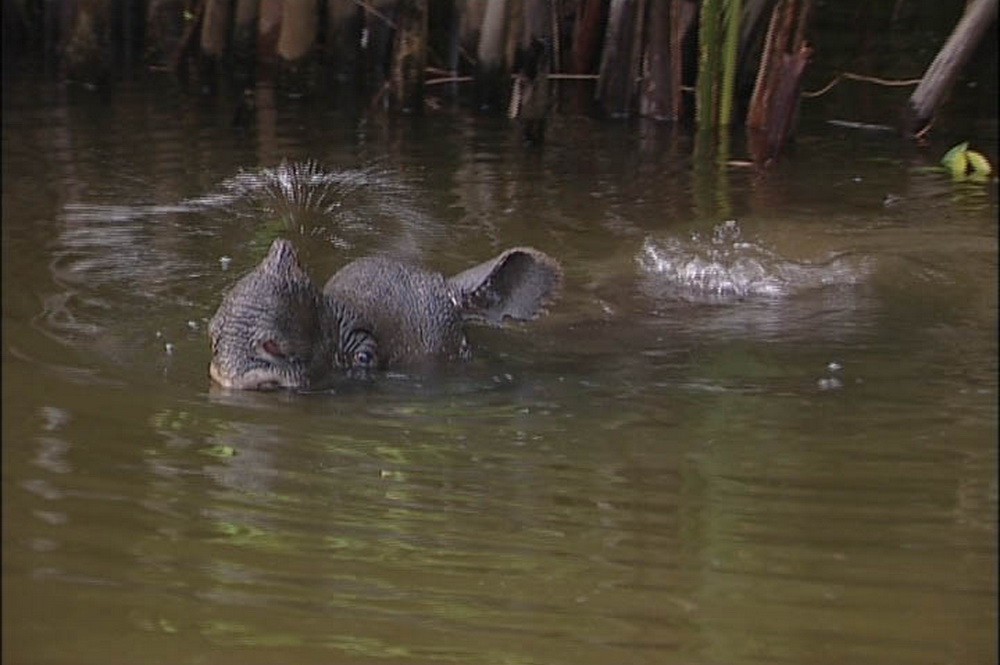The Javan rhino is one of the rarest large mammals on the planet. Formerly ranging throughout India and Indonesia, the species has suffered massive declines due to poaching and habitat loss, and now, the entire population lives in one place: Indonesia’s Ujung Kulon National Park, on the western tip of the island of Java.
In 1967, a survey of the rhinos in Ujung Kulon estimated that just 21 to 28 individuals were left in the National Park. Thanks to improved conservation and monitoring efforts, the latest camera trap surveys have shown that the population today stands just below 70 animals, with incredible images of calves recorded on the cameras, showing successful breeding. But with only one park to live in, this Critically Endangered species urgently needs more space.
In 2008, Yayasan Badak Indonesia (YABI; the Rhino Foundation of Indonesia), in collaboration with experts and other NGOs, began work to identify a suitable site to help boost the species’ breeding potential. A 5,000 ha area in the east of Ujung Kulon was chosen and named the Javan Rhino Study and Conservation Area (JRSCA). This area provided much-needed monitoring capabilities for the species, helping us to learn more about Javan rhinos and better protect them.
One of the limiting factors for the growth of the Javan rhino population is the Arenga palm, known locally as Langkap. Langkap is a rapidly-growing species of palm tree that creates a thick canopy, drastically reducing the amount of sunlight that reaches the forest floor and in turn, preventing the growth of other plants that Javan rhinos rely on.
To make sure that the palm did not contribute to a decrease in the rhino population, YABI embarked on a project to clear Langkap from the JRSCA. Removing Arenga gives other plants the opportunity to recolonise the area, providing a richer environment for Javan rhinos to live and breed successfully.
Since January 2017, YABI has cleared approximately 150 ha of Langkap and now more than 90% of the area has been repopulated by rhino food plants. While this has been a huge achievement, there is still more to do.
In April 2018, staff surveyed the corridor connecting the original Javan rhino habitat to the JRSCA. Whilst they recorded signs that rhinos were using the corridor (such as tracks and mud wallows) more than 50% of the corridor was overgrown with Arenga. Such dense swathes of this invasive vegetation make it almost impossible for females with calves to move into the wider habitat. This year, the YABI team will be clearing even more of the Arenga palm, making it easier for rhinos to travel back and forth between the JRSCA and the rest of UKNP.
A huge thank you to all of our supporters who have helped contribute towards saving the Javan Rhino, especially Paignton Zoo with their generous donation of £15,000 to protect Javan rhinos. With continued work from our partners in Indonesia, we look forward to a positive future for the Javan rhino.









